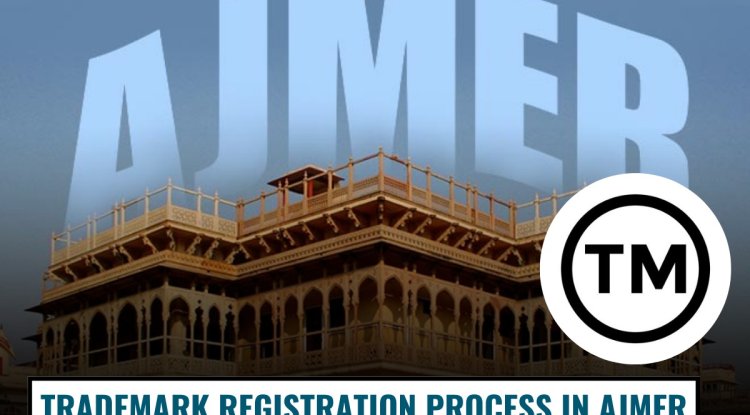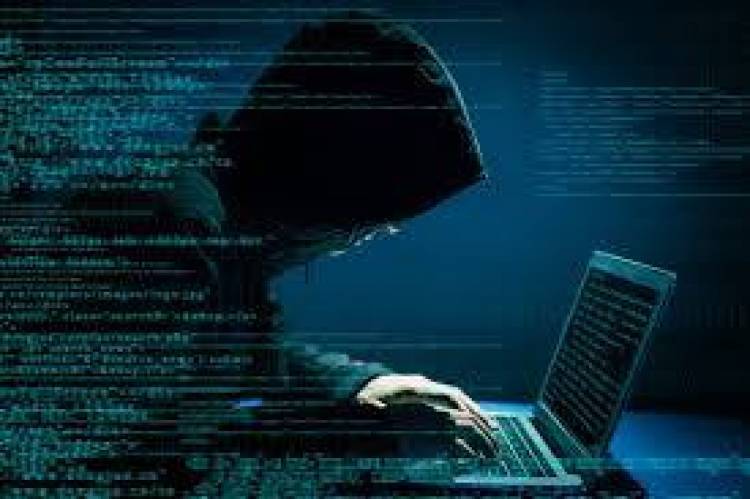Private home recording of musical works Copyright act India
The rise of digital technology and affordable recording equipment has made it possible for individuals to record musical works at home without professional studios. This democratization of music production offers creative freedom but also raises legal and copyright issues. While private home recording provides musicians with control over their art, it exists at the intersection of intellectual property law, copyright infringement, and fair use principles. This article critically examines the legal, creative, and technological aspects of home recording. It addresses the legal framework governing private recordings, explores the impact on the music industry, and discusses how artists can navigate the complexities of copyright law while pursuing their passion from home studios.

INTRODUCTION
Either costly tape machines or inferior tape recorders were used to record musical compositions until the late 20th century. It made sense to record at reputable studios back then because of the hefty cost. Because knowledge on different recording techniques is readily available online, the cost of setting up this professional audio equipment has decreased dramatically in the 21st century owing to technical improvements. The music industry has definitely shifted towards recording songs from the comforts of home rather than spending hours in a professional studio, which has likely enhanced the appeal of setting up home recording studios.
In an attempt to save costs, a lot of musicians have built up their own home studios to record and create music independently. Professionals and amateurs alike may now independently compose, mix, and master music using platforms like FL Studio, Ableton Live, and GarageBand. Legal complications arise from the ease of access to software, samples, and musical works that are protected by copyright. By using unauthorised samples or covering songs without the appropriate authority, many musicians inadvertently violate copyright. This article examines the relationship between copyright law and creativity by going over the advantages, disadvantages, and legal specifications of recording in a private residence.
LEGAL FRAMEWORK GOVERNING HOME RECORDING
The Copyright Act of 1957, which acknowledges music as a form of artistic expression and graphical notation, protects musical compositions in India. The Act addresses melody, lyrics, arrangements, sound recordings, and other elements of musical works. According to Section 2(p) of the Act, a "musical work" is any work that incorporates music and any associated pictorial notation; it does not include any words or actions that are meant to be sung, spoken, or performed in conjunction with music. According to Section 2(d)(ii) of the Act, the author of a musical composition is referred to as a "composer."
On the other hand, in accordance with Section 2 (ffa), the term "composer" refers to the one who writes the music for a piece of music, regardless of whether or not he records it in pictorial notation.
Joint authors and composers may also submit an application for a musical piece. A "work of joint authorship" is one that is created via the collaboration of two or more authors, with each author's contribution being equal to or greater than that of the other author or authors, according to Section 2(z).
"Duration of copyright protection for musical work" is defined in Section 22 and includes publication during the author's lifetime up to sixty years from the start of the calendar year after the author's death.
1) Copyright- The foundation of music creation and protection is copyright law. When an original work is fixed in a physical medium, the creator of that work is automatically accorded copyright protection in the majority of nations. This implies that a musician owns the copyright to a piece of music as soon as they record it.
The right to reproduce, distribute, perform publicly, and create derivative works are among the exclusive rights granted to the artist under copyright. With the use of these rights, musicians may decide how their music is used and make money off of it through a variety of outlets, including licensing, sales, and streaming.
But in group ventures, copyright problems can get complicated. It is essential to specify who owns the copyright and each contributor's rights and obligations when numerous people contribute to a recording. Written contracts outlining the conditions of cooperation, ownership, and revenue sharing can help achieve this.
2) Licensing- It is imperative for artists to acquire legitimate permits and permissions before recording their musical compositions. Moreover, legal licenses and permissions must be obtained in order to perform music. Playing music at an event without a proper permission is against the law since it violates copyright. According to the nation's IPR laws, anyone who fails to secure a legal licensing may be sued. here are various types of licenses, each serving a different purpose:
1) Mechanical License: Usually needed when another artist wishes to record a cover version of a song, this permits others to copy and distribute the music.
2) Synchronisation license- Music may be used in visual media, including TV shows, films, and advertisements, according to a synchronisation license.
3) Performance license - Any public performance of a song, including live broadcasts, requires a performance licence.
4) The Master Use License- permits the utilisation of the original recording across many media, rather than merely the composition.
Understanding which licenses to apply for or grant is crucial for home recorders to stay out of trouble with the law. A musician must obtain permission to lawfully utilise samples from other artists' work, for instance, if they use those samples in their recording. Lawsuits and significant financial penalties may follow failure to comply.
If you want to know more about copyright licensing then follow this link:
3) Contracts and Agreements - Agreements and contracts are essential instruments for defending the interests and rights of musicians engaged in unreleased music. These contracts may address a variety of topics, such as usage rights, income sharing, and cooperation agreements. Important agreement kinds consist of:
1) Collaboration agreements: These spell out each person's obligations, rights to ownership, and duties in the process of creating a musical piece. Establishing clear guidelines for the distribution of revenues and credits is essential to prevent any potential disputes.
2) Work-for-Hire Agreements: These can guarantee that the hiring party keeps complete ownership of the finished product when hiring someone to provide a session musician or producer for a recording.
3) Licensing Agreements: Detailed agreements can outline the conditions of use, length, territory, and payment when licensing music to third parties.
4) Distribution Agreements: These contracts with distributors or record labels specify how music will be sold and disseminated, along with any requirements for marketing and income splits.
In the event of a dispute, having carefully draughted contracts in place helps protect a musician's rights and offer straightforward resolution.
4 ) Creative commons and fair use - In terms of copyright law, fair use refers to a collection of exceptions that let non-owners of the copyright use protected content without obtaining consent or paying royalties. On the other hand, there are specific situations in which using musical works without the copyright holder's consent is permitted under Creative Commons. This covers the works that owners of copyrights have decided to categorise as "creative common."
5 ) Privacy, plagiarism and data protection- Copyright holders should consider national privacy, plagiarism, and data protection laws when sharing their musical works online. Plagiarism and piracy are two distinct types of copyright violations. It can happen with digital assets like MP3 files or online streaming platforms, as well as with physical media like CDs, DVDs, or pendrives. Examples include stealing songs or lyrics, utilising music samples without giving due credit, or not getting the creator of the musical works' consent.Not only does piracy reduce the value of your work but it also has an impact on your capacity to make money from your music.
6 ) Royalty- You must be aware of performance rights and royalties if your musical compositions contain original compositions. When your musical composition is performed live, distributed through specific digital media channels, and played by another performer, you will earn performance royalties.
JUDICIAL TRENDS
1. The Role of Courts in Interpreting Fair Use- Courts across jurisdictions have taken varied approaches to interpreting fair use in music cases. In the landmark U.S. case Campbell v. Acuff-Rose Music, Inc. (1994), the Supreme Court ruled that a parody version of the song “Oh, Pretty Woman” constituted fair use, recognizing the transformative nature of the work. However, this leniency does not extend to most home recordings, especially those intended for commercial distribution.
2. Case Law on Unauthorized Sampling- One of the most notable cases involving unauthorized sampling is Bridgeport Music Inc. v. Dimension Films (2005). The court held that any use of a copyrighted sound recording, no matter how minimal, required permission. This decision set a precedent that even small samples could result in copyright infringement, emphasizing the importance of obtaining sampling licenses.
CONCLUSION
he advent of private home recording has revolutionized music production, offering artists unprecedented freedom to create and share their work. However, this freedom comes with legal responsibilities, as musicians must navigate the complexities of copyright law and licensing.Home studios grant independent artists the ability to take charge of their creative output, but they also come with significant risks of copyright infringement if existing works are utilized without proper permission. It's crucial for artists to be aware of these risks and ensure they have the necessary rights before incorporating any pre-existing material into their work.
Balancing creativity with legal compliance is crucial for musicians seeking long-term success in the digital age. By leveraging royalty-free content, collaborating with other artists, and educating themselves on copyright issues, home producers can continue to innovate while respecting the intellectual property rights of others. As the music industry evolves, the role of home recording will only grow, shaping the future of music creation and consumption.












